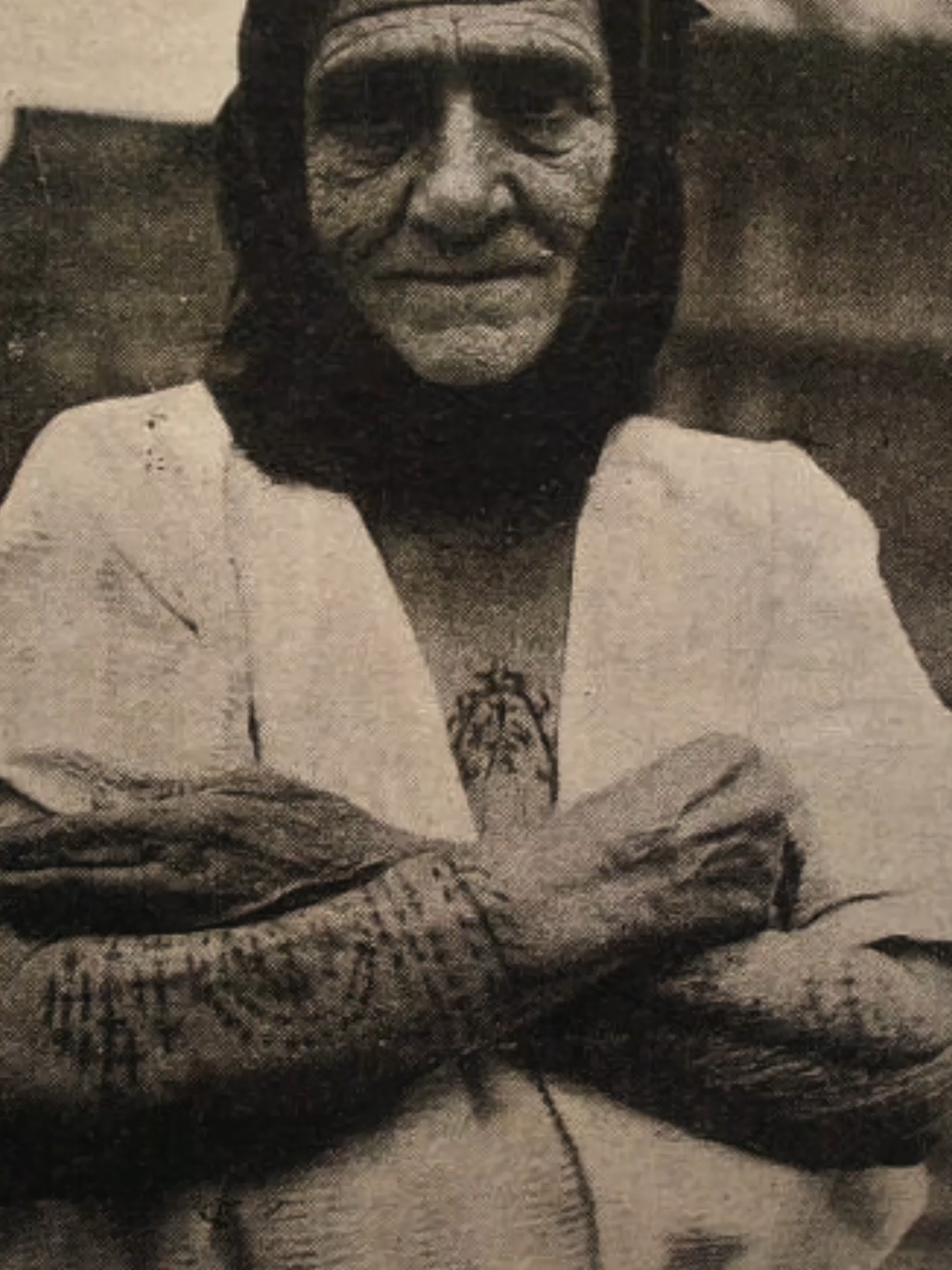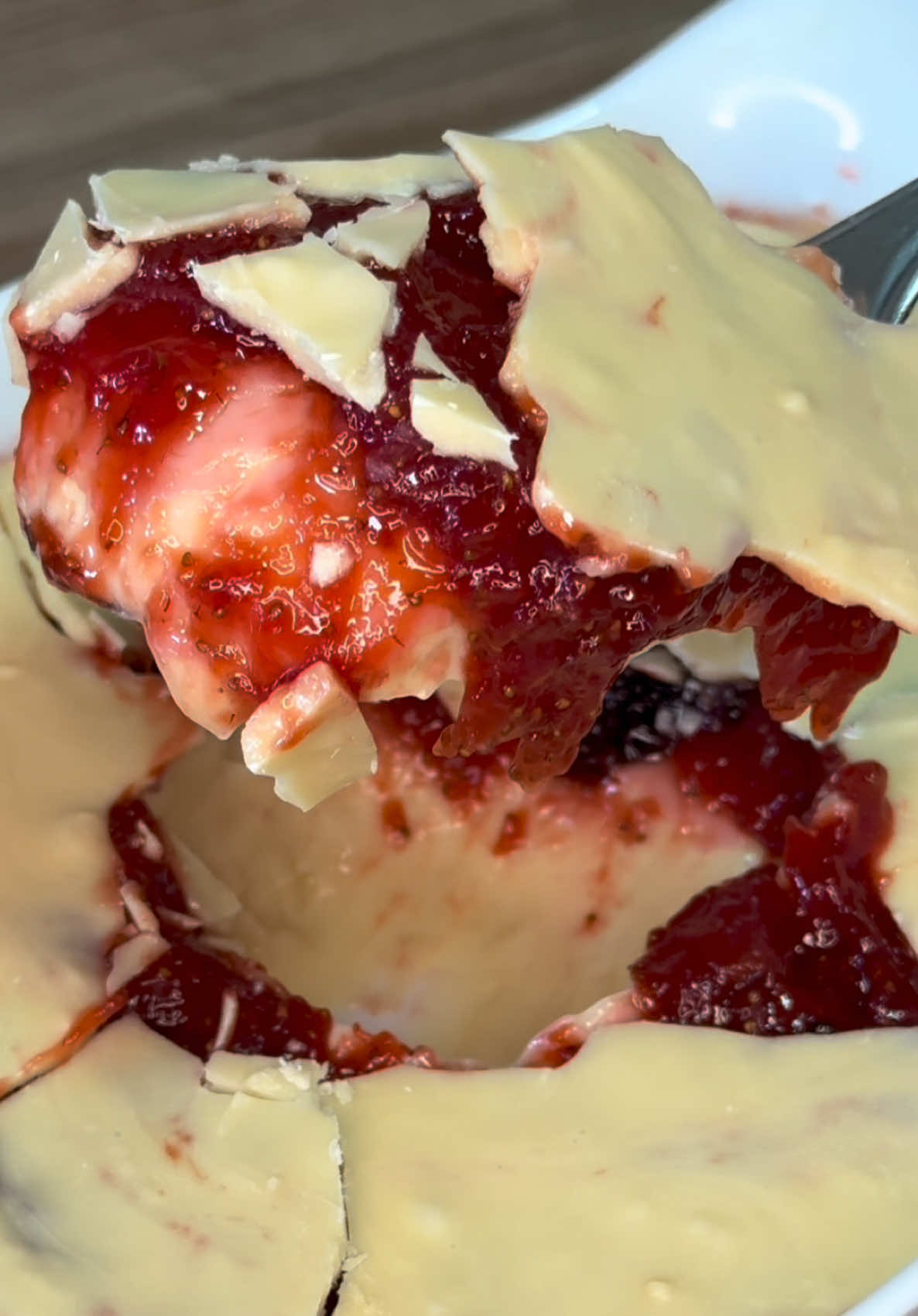😩
Region: US
Friday 03 January 2025 14:23:42 GMT
60
11
0
0
Music
Download
Comments
There are no more comments for this video.
To see more videos from user @_nastya_25263674, please go to the Tikwm
homepage.





